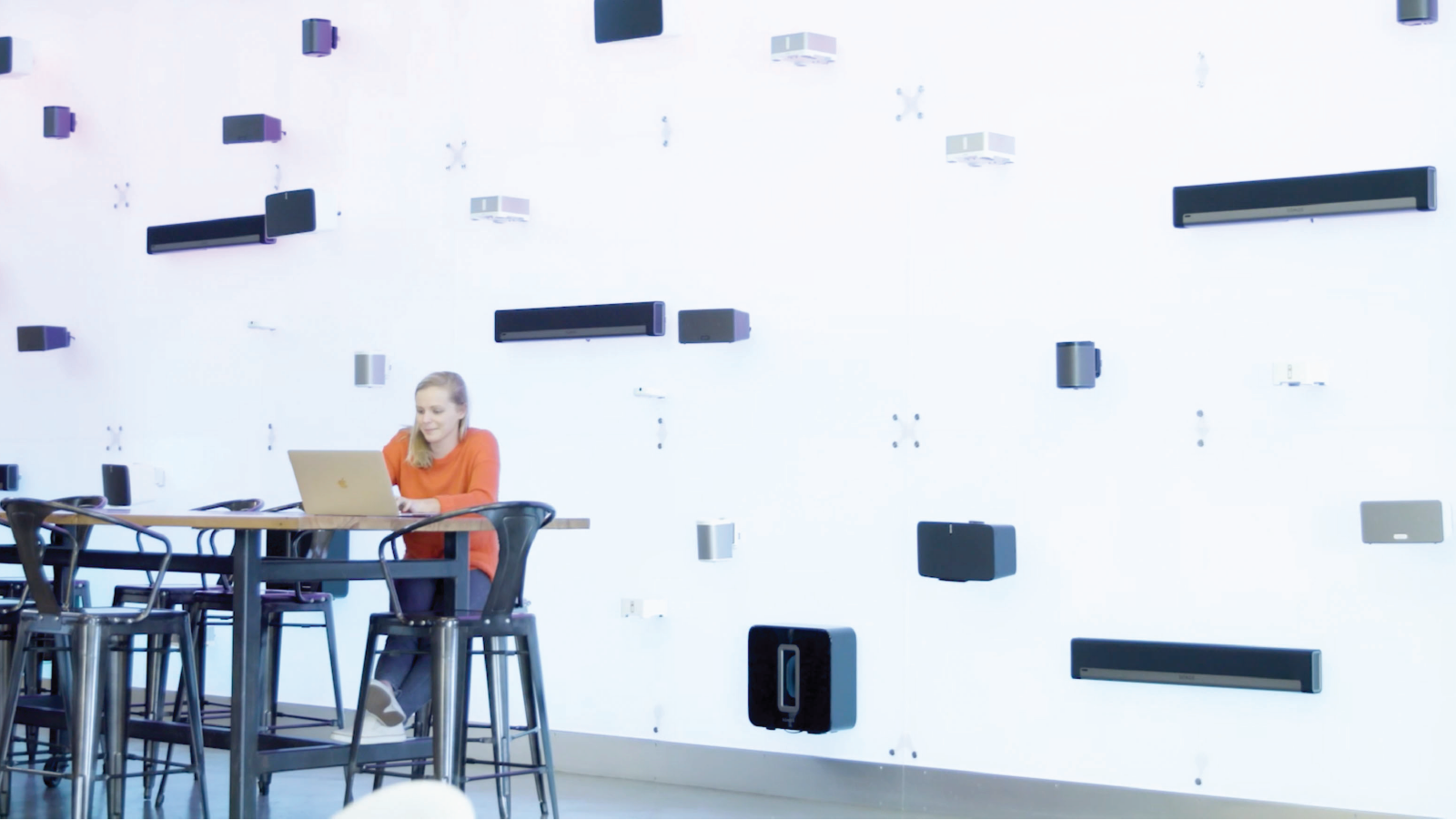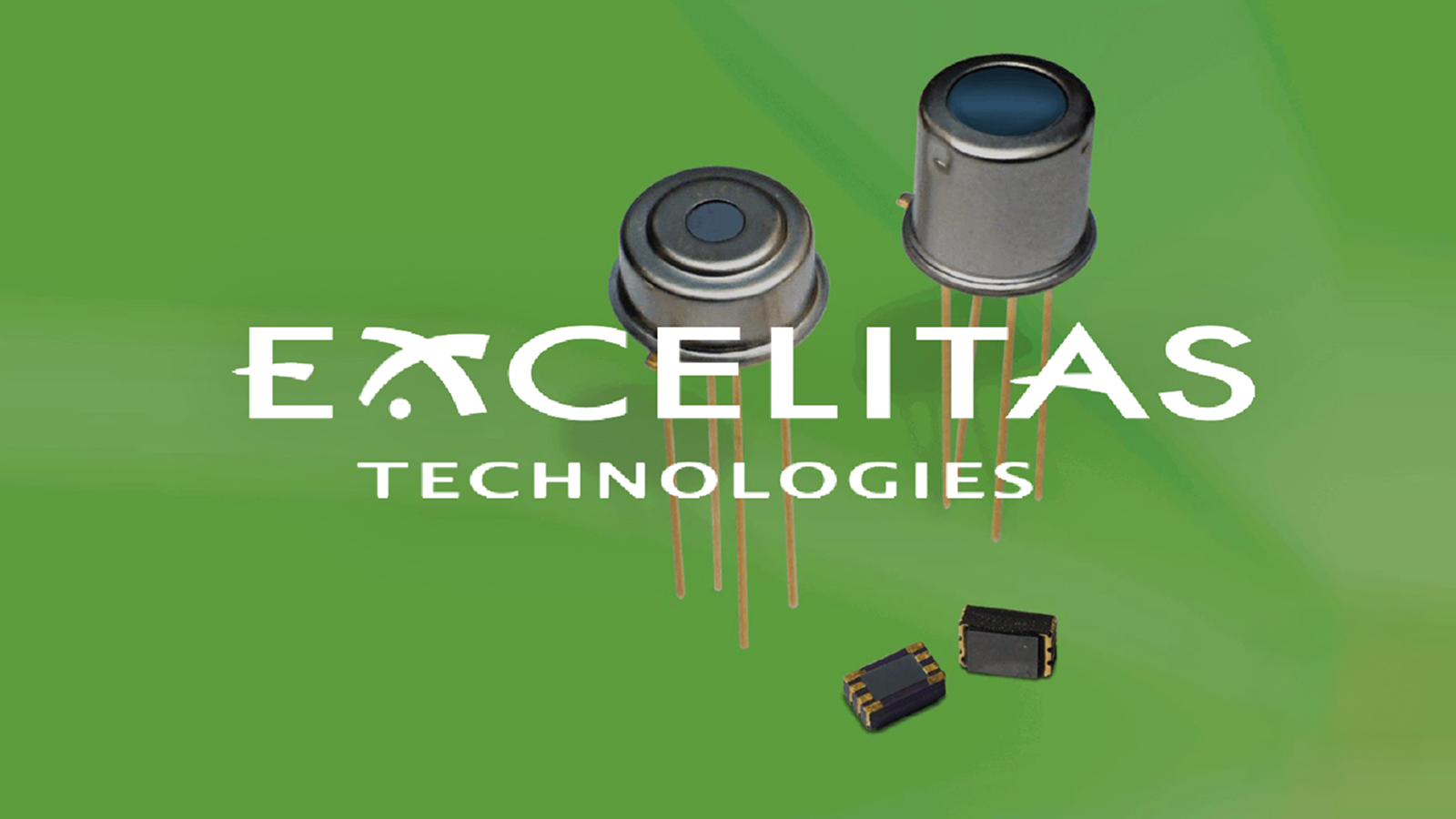My name is Jonathan Rocque. I’m the Director of Global Sourcing at Sonos, and I’m responsible for the overall Anaplan implementation here.
Sonos began with the singular focus of filling every home with music. We are in the business of creating wireless home sound systems.
Sonos’ supply base has 200-plus individual component suppliers. What really makes us complex is that when we sell into our channel, we forecast down to the individual retailer level.
Before Anaplan, we balanced supply and global demand by integrating lots and lots of different spreadsheets. This exercise was prone to error and often introduced a lot of delays in the process.
What Sonos really wanted was a single integrated plan or view of the company when it came to resources, spend, and product lines.
In addition, what Sonos needed was something that could provide us with enterprise collaboration and also give us a fast implementation cycle time.
The decision to bring in Anaplan was driven largely by our Global Planning team. They had been working with multiple spreadsheets, trying to integrate them and derive value from the data. The team had been evaluating different tools, systems, and platforms, and really arrived on Anaplan as a solution due to the flexibility of the system.
We have developed quite a few use cases since we brought Anaplan into the company. So we started with supply-demand balancing.
We moved on to our supply planning module, which enables us to get better granularity and connection with the products coming in and out of the factory. After that, we moved on to demand planning to try to get our forecasting integrated into the system.
We’re currently in process of working a component-level forecast module, in addition to supplier visibility, into the system. So we’re actually using the tool to gain end-to-end supply chain visibility and planning, and to generate detailed reports, which before we were unable to do.
Our Anaplan implementation comes back to our company value of the Golden Rule. We partnered with Anaplan from the beginning, we knew that we were going to take an iterative approach to get to the final destination, and we worked together to get there.
The biggest ROI that Anaplan has given us is freeing up people’s time to do more value-added work. One of our analysts was spending 70 percent of her time integrating spreadsheets, and now spends less than 10 percent of her time on that activity.
Overall Anaplan has reduced time from two weeks, in some cases, to integrate data and provide the answer we were looking for to just a matter of hours.
It’s connected multiple data sources that previously needed to be integrated manually by our business analysts.
Before Anaplan, we were unable to connect directly with our product lifecycle management system and our product configuration database. Since Anaplan, we’ve been able to make a direct connection between that data source and the Anaplan platform.
This provides us with the ability to reduce manual extraction of roughly 67 spreadsheets per month to generate the data we needed to run our cost and spend analysis.
Connectedness is extremely important to Sonos, given that we have global locations throughout Asia, North America, Europe, and Australia.
One of the key benefits of Anaplan is that it is a cloud-based platform that enables us to connect with our global supply base through a common interface.
What we’re building is an Anaplan center of excellence within the company.
Anaplan is going to be the platform that connects our organization. We’re going to use the information from the tool to drive new systems, processes, and understanding into actually how to run our business better.
I have a vision that Anaplan will reach further into the organization than other tools have by connecting all these disparate data sources and integrating them into a single platform. In doing that, it will also influence culture change, improve communications, and allow everyone involved in the end-to-end operation of a supply chain to know what’s happening at all the different functions.





